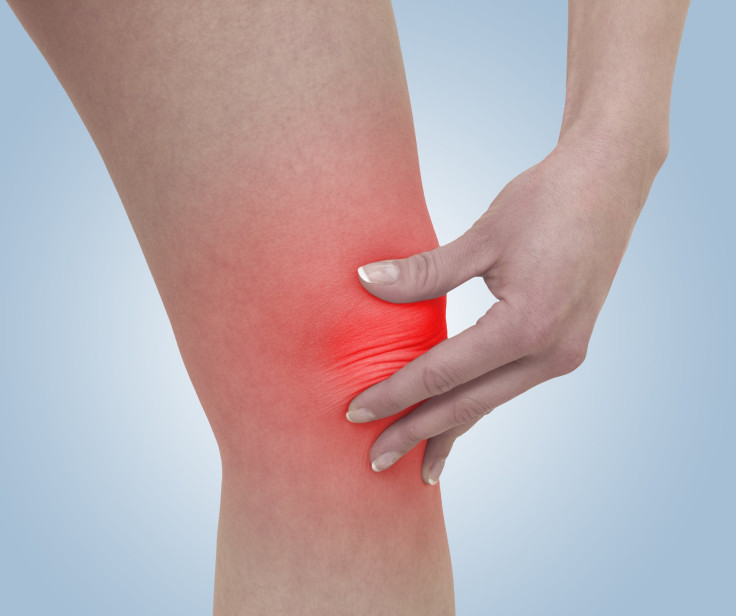Changes In Composition Of Joint Lubricant Causes Osteoarthritis, Study Says
The changes in the composition of joint lubricant may lead to osteoarthritis, a new study shows.
Osteoarthritis is a bone disease that primarily targets joints after the cushioning system between the ends of two bones suffers wear and tear. The rupture of the protective layer, known as the synovial joint, leads to the degeneration of the articular cartilage that forms the synovial joint.
The latest study has indicated that changes in the composition of the fluid present in the synovial joints, named synovial fluid, actually cause osteoarthritis. The study, published in Biointerphases, showed that changes in the composition of synovial fluid reduce its ability to lubricate the articulating cartilage tissue, thereby leading to cartilage damage.
What is the synovial joint fluid?
The fluid is found in a cavity in the synovial joint, which sits between two articulating bones. The surface of the bones that form a synovial joint is covered with a layer of cartilage. The synovial fluid in the joint reduces friction between the cartilage during movements and eases mobility.
It is a viscous fluid that is composed of hyaluronic acid, phospholipids and lubricin. Hyaluronic acid is a polysaccharide (complex sugar) and phospholipids are composed of fatty acids and found in cell membranes. The phospholipids can arrange themselves to form bilayers (consisting of two layers of lipids) or vesicles (spherical structures containing fluid that are surrounded by a lipid membrane). This process is led by the hydrophobic and hydrophilic properties of the lipid molecules.
In addition to that, phospholipids can interact with hyaluronic acid, which may impact their lubrication properties. However, studies regarding the role of hyaluronic acid in synovial fluid as a lubricant between the surfaces of bones in joints have yielded conflicting results.
The present study focused on whether the concentration and molecular weight of hyaluronic acid could form a complex with phospholipids. The findings showed that the breakdown of hyaluronic acid results in a decline in molecular weight, which is exactly what happens in osteoarthritis. It results in an increase in friction and wear and tear of the articular cartilage, reported Medical News Today.
"Our results show low molecular weight hyaluronic acid, which mimics osteoarthritis-diseased joints, hinders the adsorption of the hyaluronic-acid-lipid complex. The lack of the formation of an amorphous film on the surface may reflect a consequence of osteoarthritis since this film should help reduce friction and wear," said study co-author Rosa Maria Espinosa-Marzal, a professor at the University of Illinois at Urbana-Champaign.

Published by Medicaldaily.com



























